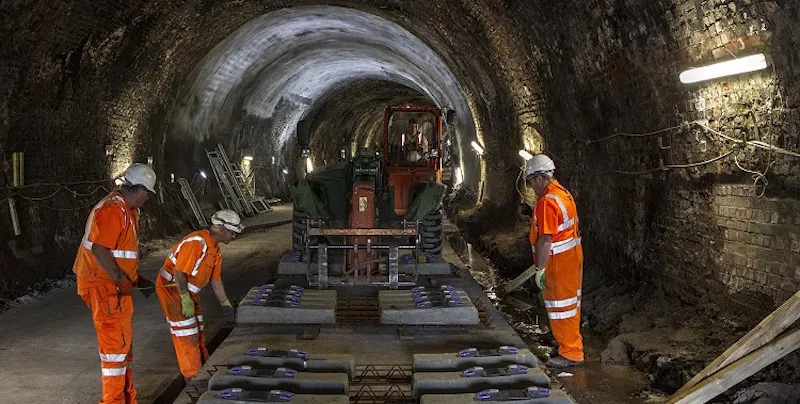Namma Metro turns five, is still long way from carrying burden of traffic-clogged Bengaluru roads
Bangalore Metro has turned five, though it seems like yesterday when the first service was flagged off between M.G. Road and Byappanahalli on October 20, 2011.

Namma Metro or Our Metro, as it is called, has grown by leaps and bounds especially in the last 18 months, ferrying an astounding seven-crore-plus commuters since its inception. But it is expected to carry this volume this financial year alone after the increase in route length and seamless connectivity on one corridor being thrown open.
Quick facts about the service in Bengaluru, the second Indian city after New Delhi to build and operate a metro rail system.
*In five years, Namma Metro has carried seven-crore-plus passengers, with a good majority of them using it at least five times a week. The service is expected to carry this number of passengers this financial year alone.
There are three main routes operational on two planned corridors, with one of them providing seamless connectivity. To interlink them in an X-shaped axis, work on two underground sections have to be completed. “Currently, trains are running on 30.3km of the planned 42km first phase of the project. By early 2017, the entire Phase I will be completed and thrown open to the public,’’ says Pradeep Singh Kharola, Managing Director, Bangalore Metro Rail Corporation Limited.
*Currently, three-coach train sets operate and they will be increased to six coaches each next year. Each three-coach rake can carry 975 passengers on the standard gauge rail line. BMRCL says there is no demand yet for them to double the number of coaches or increase the number of schedules.
*Namma Metro is partly underground and a majority of the line runs overground, above the road surface with pillars on the median.
*Given Bengaluru’s notorious traffic jams, the government wants to push ahead with extensions to Phase I as well as begin work soon on Phase 2 of the Metro project.
*In Phase I, the line is being extended at all the four tail-ends. From Byappanahalli end it is being extended to International Techpark, Whitefield; from Mysore road station to Kengeri; from Hesarghatta road station to BIEC junction and from Puttenahalli cross station to Anjanapura.
The project’s Phase 2 is even more ambitious as it covers 72km. A largely underground corridor has been planned from Gottigere near Indian Institute of Management to Nagawara that cuts through the heart of the city; another corridor takes off from R.V. Road and ends at Bommasandra. The government is also keen on a metro along the Outer Ring Road from R.V. Road to Whitefield via Agara. The entire Phase 2 will cost Rs 26,405 crore and a Public-Private Partnership model is also being thought of as costs can be shared.
*No metro lines have been planned to link the crucial Kempegowda International Airport. There are plans to link the KIA Airport via other routes such as a proposal to extend the Agara-Nagawara corridor right upto the airport.

*The government can do more to promote the metro and increase its ridership (currently almost touching two lakh a day) by integrating it with the city bus fleet of 6,500 (which carries 50 lakh commuters a day) with an integrated common smart card. It should also give more thought to run shuttle services to link existing metro stations and encourage school children to use this mode of travel. The cycles and two-wheelers available on rent at some metro stations are not serving the purpose as they cannot be used by the daily commuter. What will benefit them is more parking lots to park their two and four-wheelers at metro stations and commuting to office, which will increase ridership.
*After the metro became operational between MG Road and Mysore road and from Sampige to Nagasandra, police say there has been a 30-percent fall in the number of drunken driving cases in the West division Traffic Police where the metro traverses. It's an encouraging sign and Namma Metro should also start late night services to help those working late to take the Metro home as it is a safe and fast mode of city transport.







